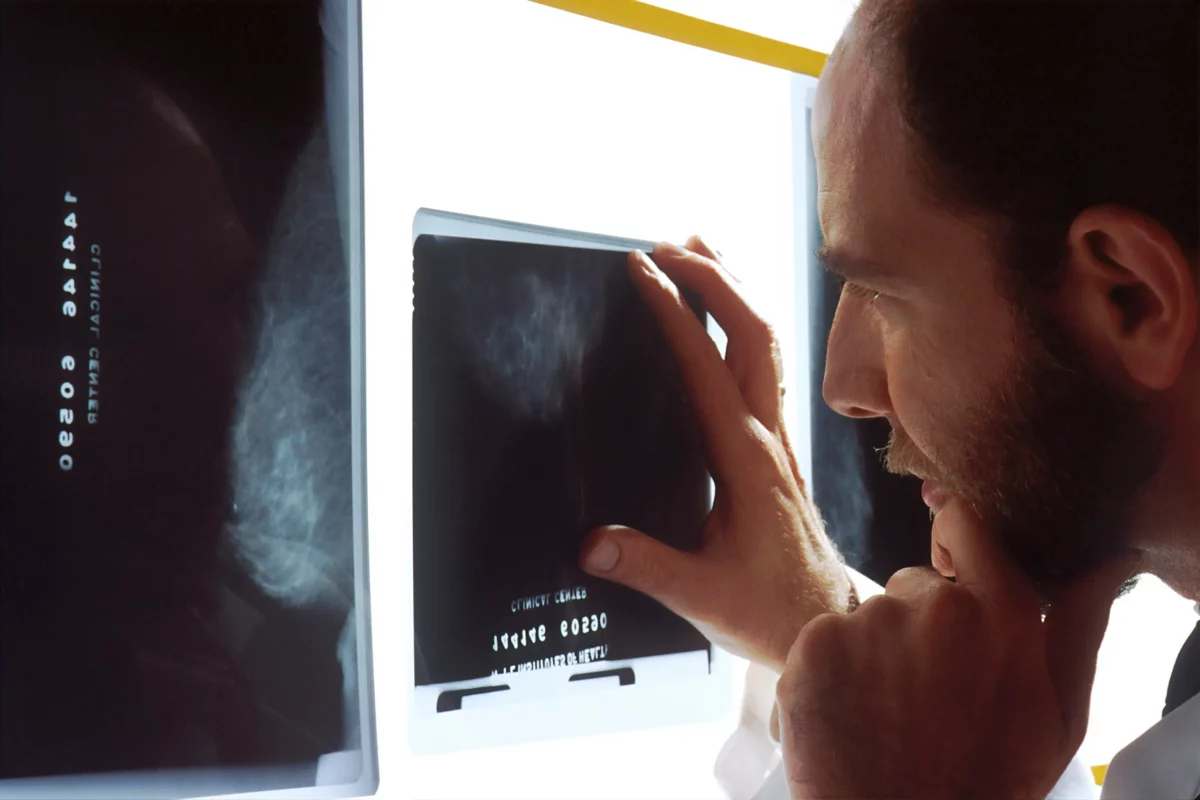The number of people diagnosed with cancer in France has exploded since 1990, with more than 430,000 new cases expected in 2023 alone. Here is the breakdown of the latest statistics.
Public Health France has released a bombshell report on cancer, stating that between 1990 and 2023, the number of cases across all types of the disease has doubled.
Published on 4th July, the agency is putting this year’s grim estimate at 433,136 new cases, with the gender split being 57% men and 43% women. Compared to figures released in 2018, this means that roughly 51,000 more cases will be diagnosed this year than there were five years ago.
LEADING CAUSE OF PREMATURE DEATH
Cancer remains the number one cause of premature death in men in France and is the second biggest cause for women. The aging population is a large part of the reason for the explosion in cases, but lifestyle and environment are close primary factors.
The average age of diagnosis is 70 in men and 68 in women. The number of kidney, melanoma and pancreatic cancers has risen in both sexes since 1990, but lung cancer is gaining momentum, with a 5% increase over the reviewed time period.
“In one or two years, lung cancer will have overtaken breast cancer in terms of mortality among women,” says Sébastien Couraud, pulmonologist and oncologist at the Hospices Civils de Lyon.
It is the second largest type of cancer in men and third in women, though those figures are fast evening out.
“There is no reason to imagine that the number of female cases will not join that of men,” continues the doctor. “For a long time, this cancer was a very male disease, today it is a disease of both sexes.”
The health authorities are calling these statistics “worrying”, and say that action is necessary to bring these numbers down.
BEST AND WORST RATES OF CURE
The report also looked at the rate of recovery amongst 19 of the most frequent invasive cancers, excluding skin cancers other than melanoma.
The tumours seeing the best survival rates are those of the prostate, cutaneous melanoma, breast, with 90% success, followed by colorectal and cervical cancers at 63% each.
On the flip side, patients will certain cancers have considerably poorer chances of recovery, with a five-year survival rate of less than 30%. These are cancers of the central nervous system, lungs, liver and pancreas.
NOT CONCLUSIVE
These figures, it should be noted, are based on data from 2016 to 2018, with Public Health France admitting that the information “fits into a particular context, due to the Covid-19 pandemic from 2020″ and that “a period of two to three years is necessary to ensure an exhaustive collection and to consolidate the data”. The estimates for 2019 to 2023 are therefore projections calculated from data collected up to 2018.
These incidence assessments were carried out by the National Cancer Institute (INCa), Public Health France, the French Network of Cancer Registries (Francim) and the Hospices Civils de Lyon.
Make sure you’re never left out of the conversation. Sign up for the Monaco Life newsletter, and follow us on Facebook, Twitter, Instagram and LinkedIn.
Photo source: National Cancer Institute, Unsplash
